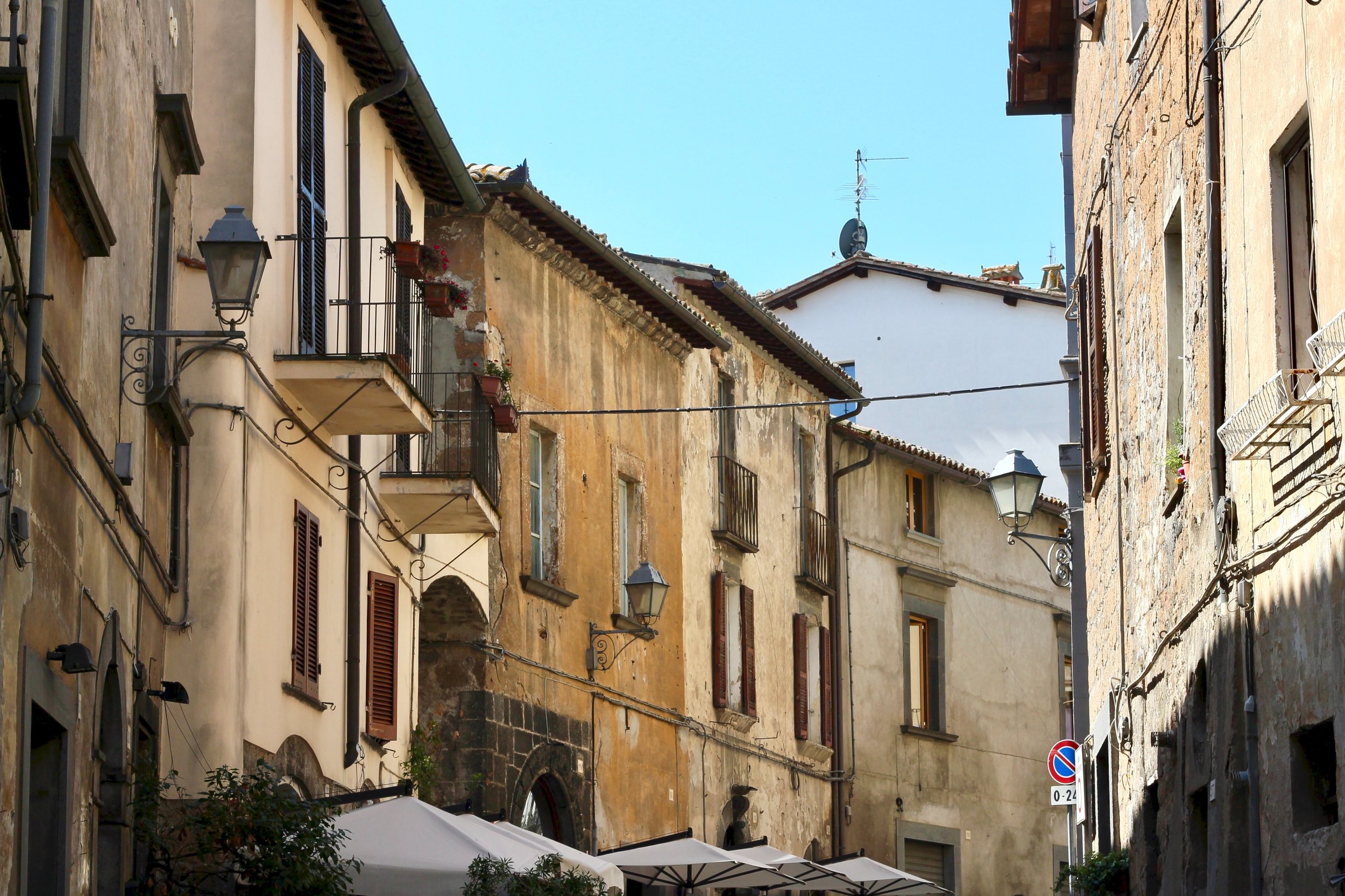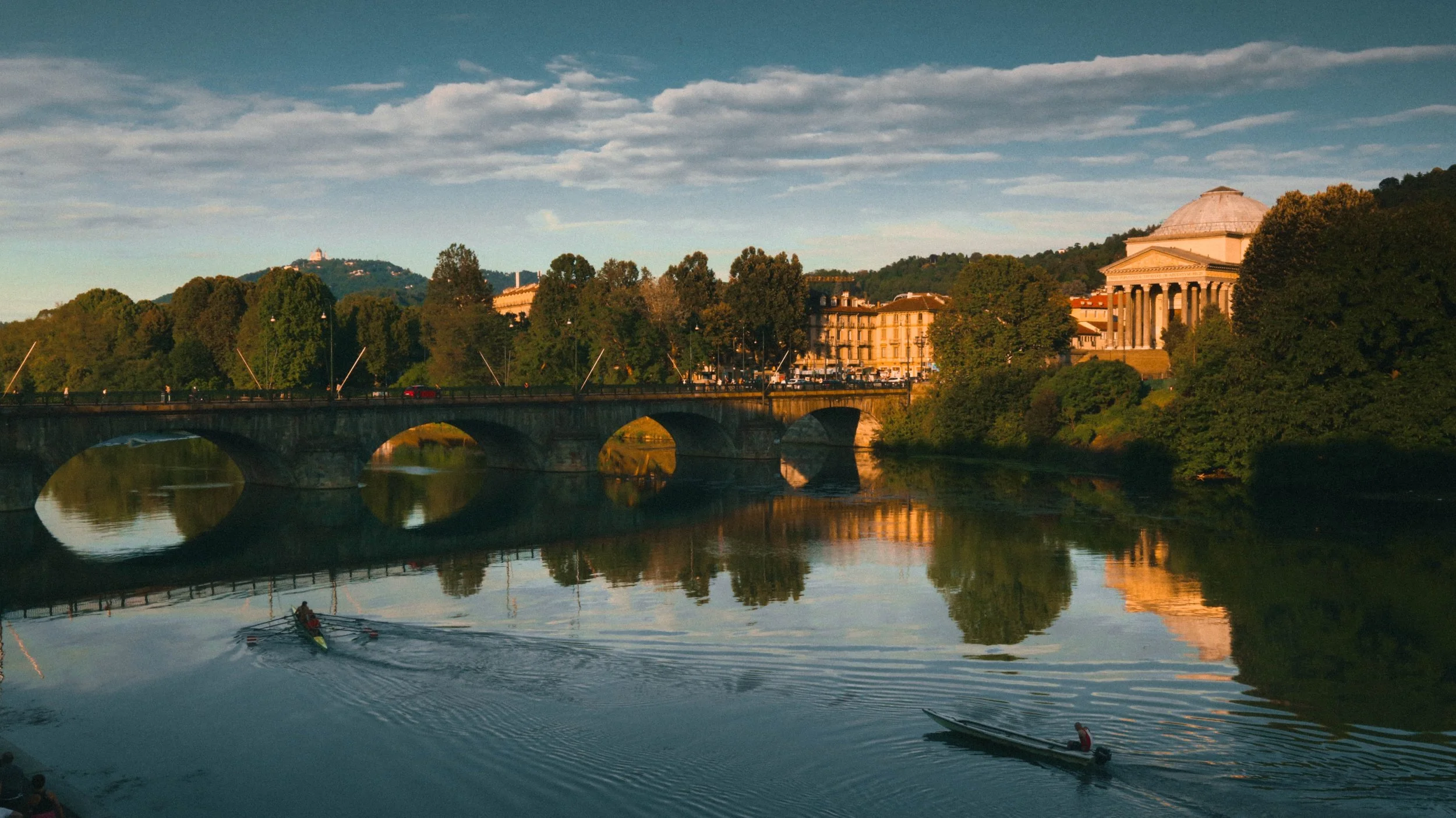Experiencing ‘Secret Italy’: Unsung Locations and How to Visit Them
/Travelling to Italy is no new thing; hundreds of thousands of us make the trip each year, to enjoy the delights of its beautiful coasts and thriving urban centres. But Italy’s tourist experience is not necessarily a reflection of what Italy really has to offer. There is a ‘secret Italy’, behind the cafes and pizzerias, that shows something of its true cultural character. Where is it?
Where is ‘Secret Italy’?
Orvieto, Umbria
Orvieto is, quite literally, a volcano city. It is a city built on volcanic material, that has existed since the Etruscan times and remains a relatively unsung tourist location. Italy tours that step off the beaten track take in Orvieto as a stunning example of Etruscan history, and a vital part of papal history in Italy as well. Its architecture reflects the needs of popes long past, and includes oddities such as the hidden tunnels that weave through the city – relics from the days of siege warfare.
Civita di Bagnoregio, Lazio
Civita di Bagnoregio is a small town in Lazio, that can be found in the Province of Viterbo. It is not only a small town with a miniscule population, but also one that is destined for ruin; built on weak volcanic tuff, its foundations have been eroding over time – leading to its colloquial name ‘The Dying City’. This city is a difficult journey to reach, but visitors are rewarded with provincial architecture and incredible views.
Turin, Piedmont
Turin is one of Italy’s open secrets, being a city with its own footprint in global history. It is the capital of Piedmont, and a continental capital of culture to many that observe its monuments, artworks and artefacts. Turin is home to fantastic food, as well as culturally significant historical items such as the Shroud of Turiin.
Experiencing Secret Italy
Just as Secret Italy cannot be bounded to one specific place, neither can it be bound geography alone. Enjoying Italy on its own terms is just as much about meeting it attitudinally as it is visiting physically. In essence, the less like a tourist you behave, the more authentic an experience you might find yourself having. But what does this mean?
For one, it means learning a little of the language – ideally, enough to comfortably engage in idle or transactional conversation. Not everyone will speak your language, and your attempts to speak theirs will engender kinder responses.
Speaking of which, notions of politeness differ in Italy, especially to the relatively fusty sensitivities of the British. Where we are prone to queuing, there is no such proclivity in Italy. Don’t be afraid to get stuck in when you know what you want.
There are also some quintessential social qualities you should understand – namely, ‘campanilismo’ and ‘fare la bella figura’. The former refers to the regional identity that locals form with respect to their home, a kind of regional patriotism that informs values. The latter translates to ‘make a beautiful figure’, which goes to the essence of enjoying Italy as it is; the better an impression you make, the better you will be received.




